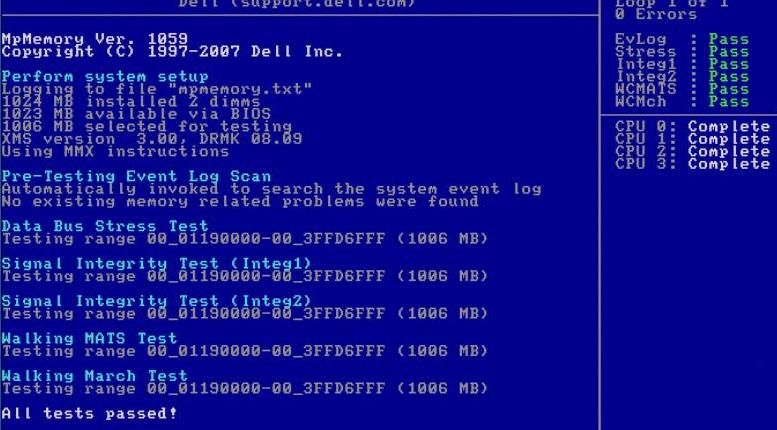Free performance, load,. Stress test for web servers (Discontinued) Webserver Stress Tool is a powerful HTTP-client/server test application designed to pinpoint. Critical performance issues in your website or web server that may prevent optimal experience. For your site's visitors. The tool has three preset configurations: ‘Quick Test’ that runs a frequency test, ‘Functional Test’ that runs stress tests for several minutes, and ‘Burn-in Test’ that executes stress test for 2 hours. Read: Intel Core i9-9900K Sets Overclocking Records Reaching 7.6 GHz On All Cores. Price: $22 for the Pro version. Novabench is a standardized tool that IT teams in large companies often use to perform a variety of heavy load CPU tests. It gives the results in minutes. Many online diagnostic tools perform a stress test on not only CPU but also RAM, graphics cards and GPU. Such combined results fail to give an accurate picture. How to run stress and transfer tests. Open an elevated command window on the test system that has MUTT devices attached to available ports. Navigate to the test folder, such as C: usbTest. The transfer and stress tests run via the same script back to back. To run them, run the script runtest.bat: C: usbTest runtest.bat.

Note: This topic applies to Tableau Server only.


Load testing helps you understand your Tableau Server’s capacity with respect to your unique environment, data, workload, and usage profile. Because data, workload, and usage will change as new content is authored, new users are onboarded, and the use of analytics increases, load testing should be conducted two to four times a year in conjunction with upgrades and server scale-up or scale-out expansions.

Dell Server Stress Test Tool Set
Created by Tableau, TabJolt is a point-and-run load and performance testing utility specifically designed for Tableau Server. It helps you understand how Tableau Server scales with increasing workloads to inform your capacity needs. TabJolt automates user-specified loads for any duration, while eliminating the need for script development and script maintenance, which is often required with other load testing solutions. With increasing user loads, Tableau Server scales nearly linearly with load by adding more nodes to the cluster for Windows and Linux.
Load testing best practices are listed below:
- Load testing should be conducted with TabJolt on an identical test environment with content restored from the production environment. This is not only from a hardware and Tableau Server topology perspective but also in terms of data volume.
- Select representative content from your top-viewed workbooks. Often the cause of scalability and performance issues can be workbooks being not authored with best practices in mind. If a single-user test on your workbooks shows a very slow response time, then you should optimize those workbooks before you begin a load-testing project.
- During testing, increase the workload to 75-85% CPU utilization and < 2% error rate.
- Start with the default process configuration determined by Tableau Server’s architecture-aware installer and scale up or out as needed when the threshold is met and sustained.
- In most cases, increasing process counts above the defaults does not improve performance, unless enough hardware resources are available.
- It is always good to know the breaking point of the Server on the level of how many users/requests along with volume of data it can handle.
Developing a test plan:
- Choose representative workbooks.
- Model the expected usage.
- Think about peak usage.
- Run for at least ten minutes.
- Include think time.
- Stop other work on the server.
Dell Gpu Stress Test
